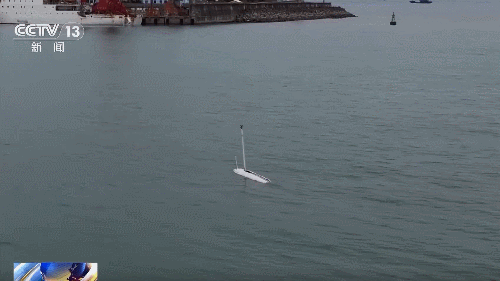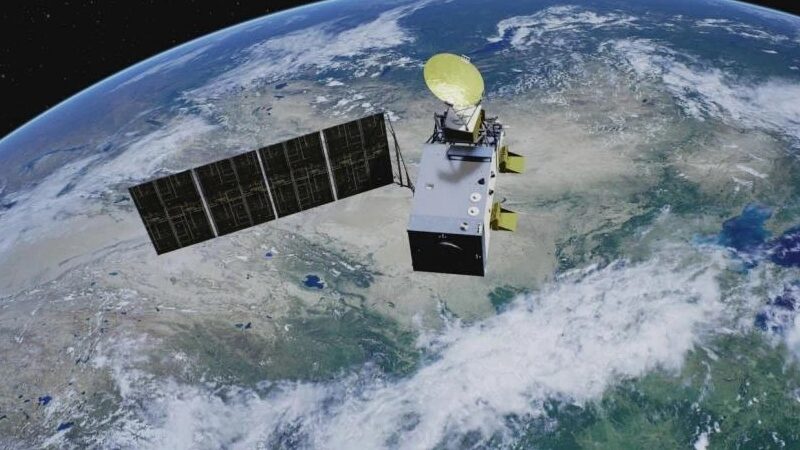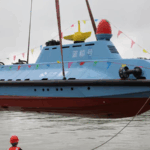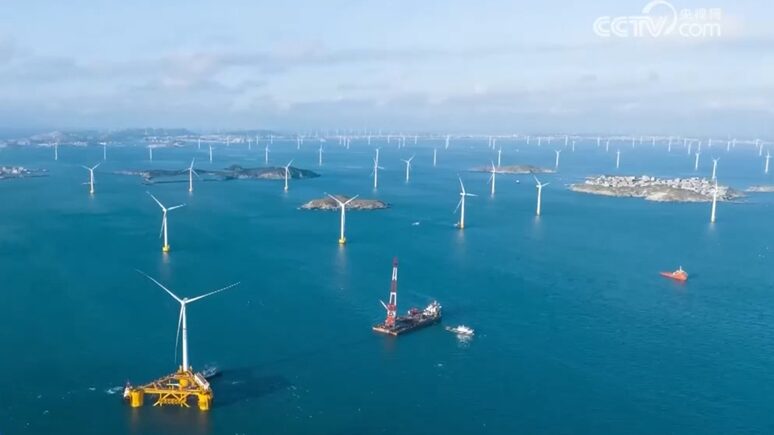In a groundbreaking leap for meteorological science, researchers from Zhejiang University have deployed an innovative unmanned sailing vessel to collect critical data from the heart of typhoons. The Albatross, a 4.3-meter wind-powered craft, recently navigated directly into the eye of Typhoon Wutip – marking China's first successful unmanned marine mission to gather sea-air interface observations during extreme weather events.
Equipped with advanced sensors and cameras, the vessel captured real-time measurements of wind speed, wave dynamics, and atmospheric conditions. Professor Li Peiliang emphasized the significance of this achievement: 'Accurate data from typhoon cores helps us understand their transformation mechanisms – a game-changer for forecasting accuracy.'
The research team has already upgraded the vessel with enhanced typhoon-specific sensors and 360-degree imaging capabilities, demonstrated during subsequent missions into Typhoon Wipha. Future iterations aim to dive 1,000 meters below the surface while expanding global observation routes along major wind patterns.
This technological breakthrough addresses a critical gap in disaster preparedness. By improving prediction models through direct data collection, scientists hope to mitigate risks for coastal communities and shipping routes across Asia's typhoon-prone regions.
Reference(s):
China's unmanned vessel enters typhoon eye, advancing storm research
cgtn.com








